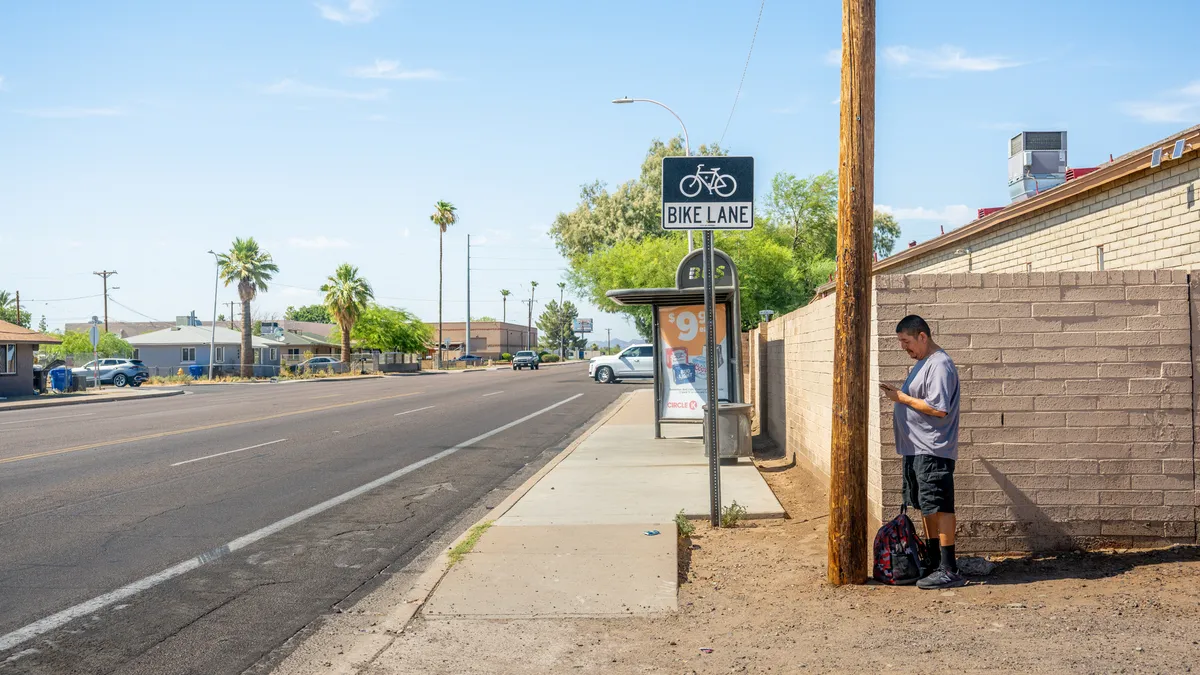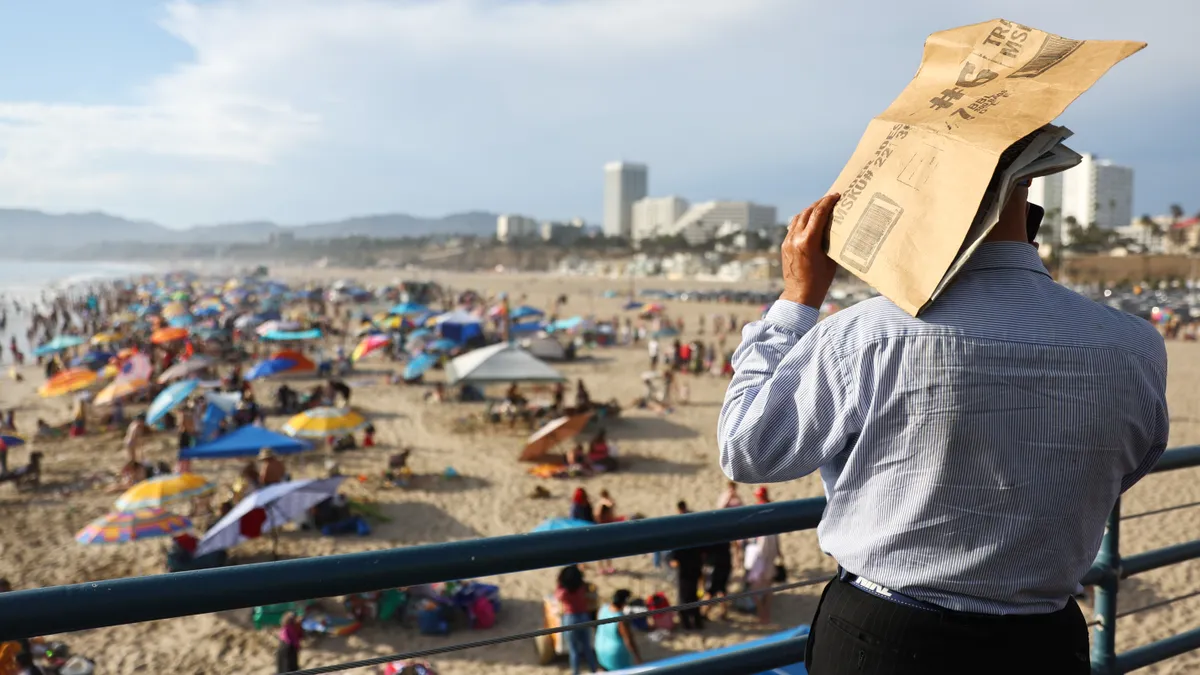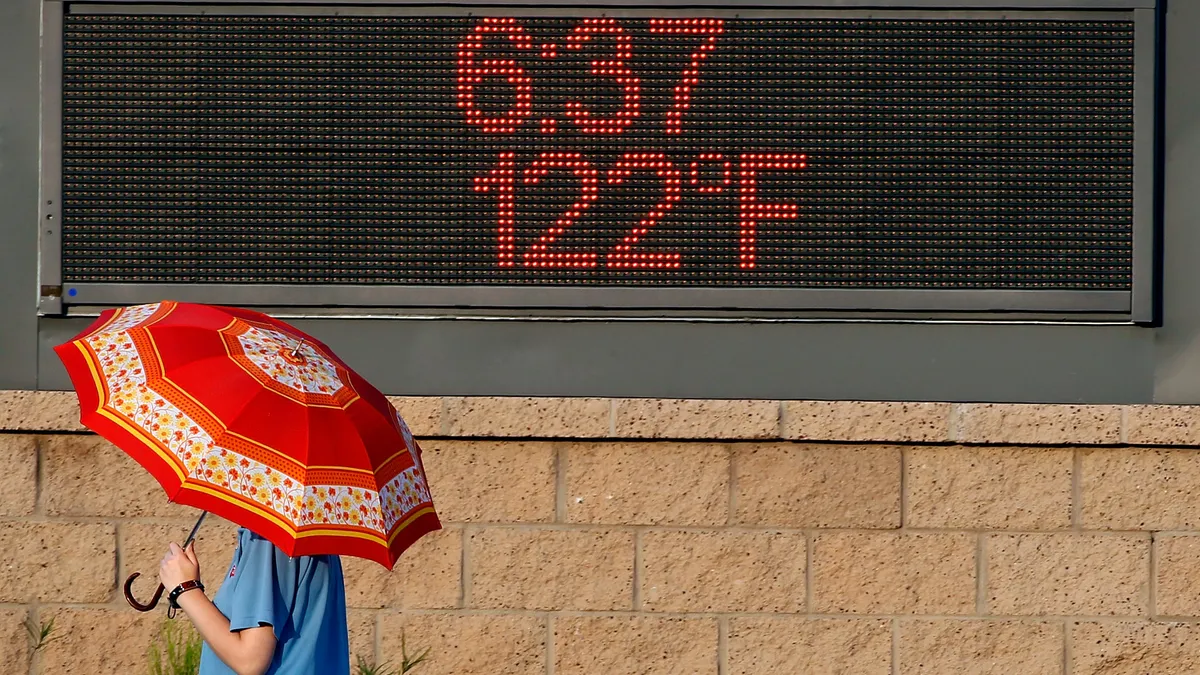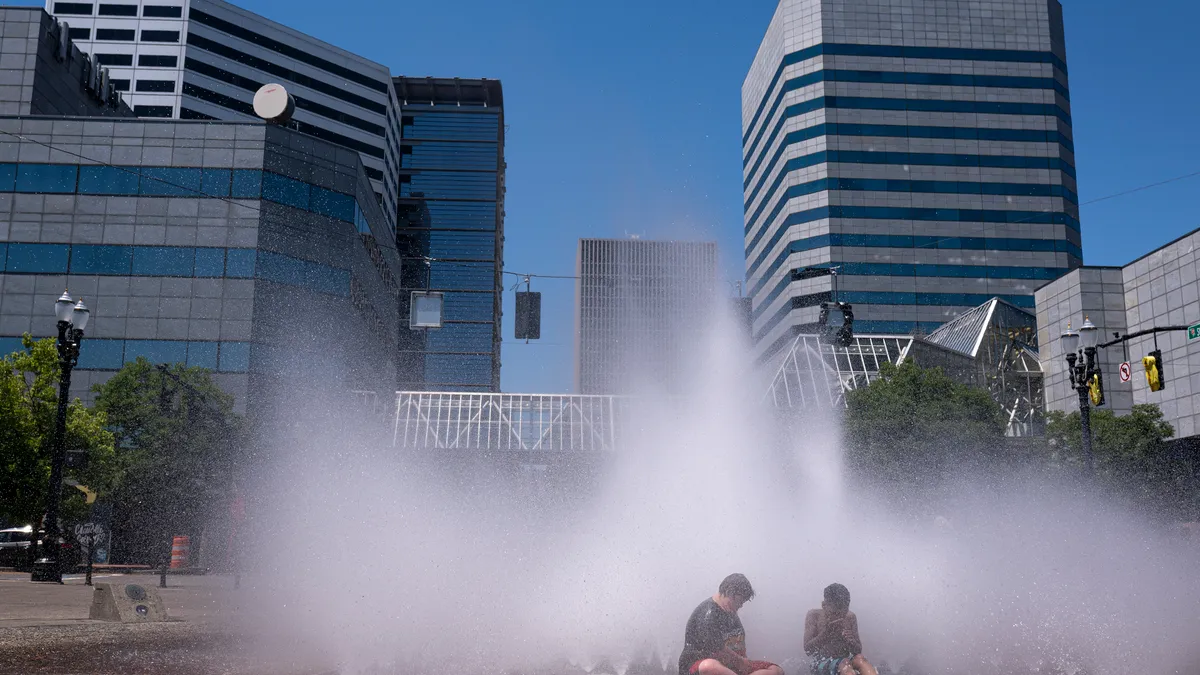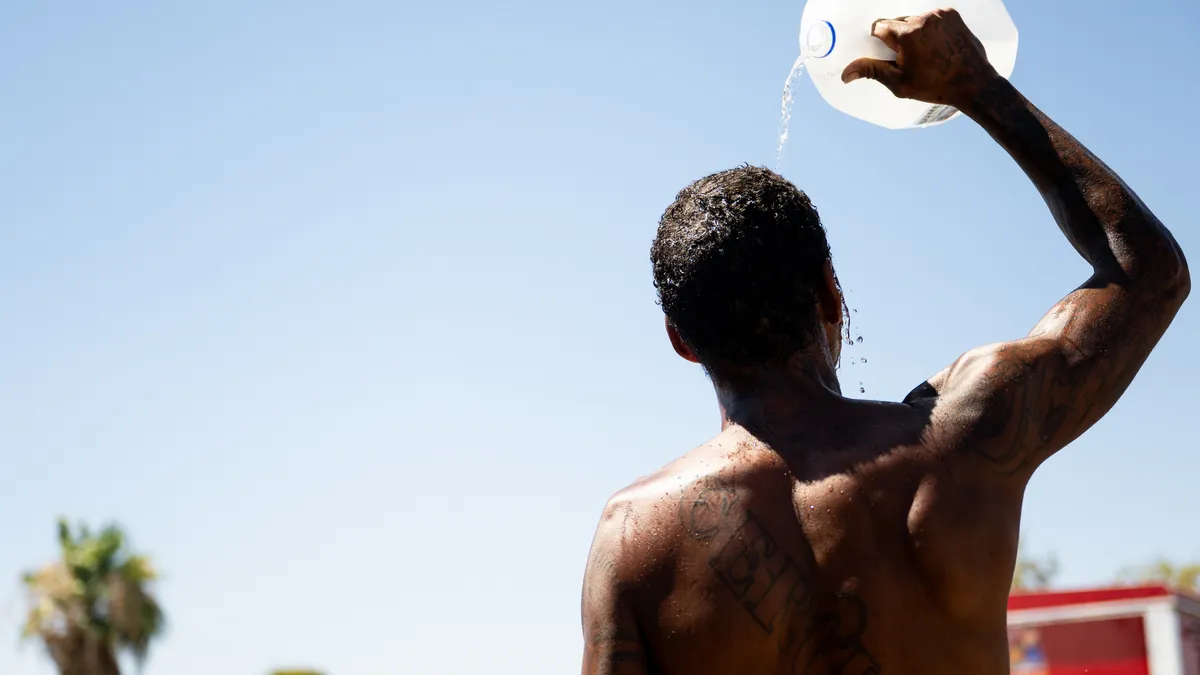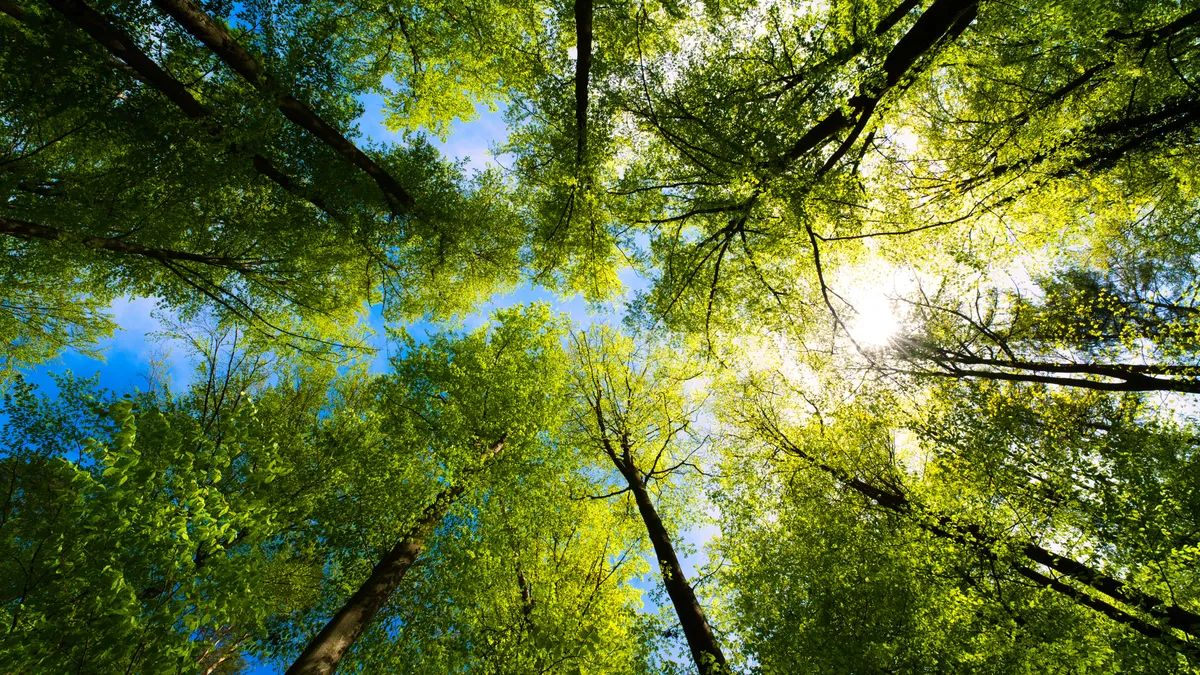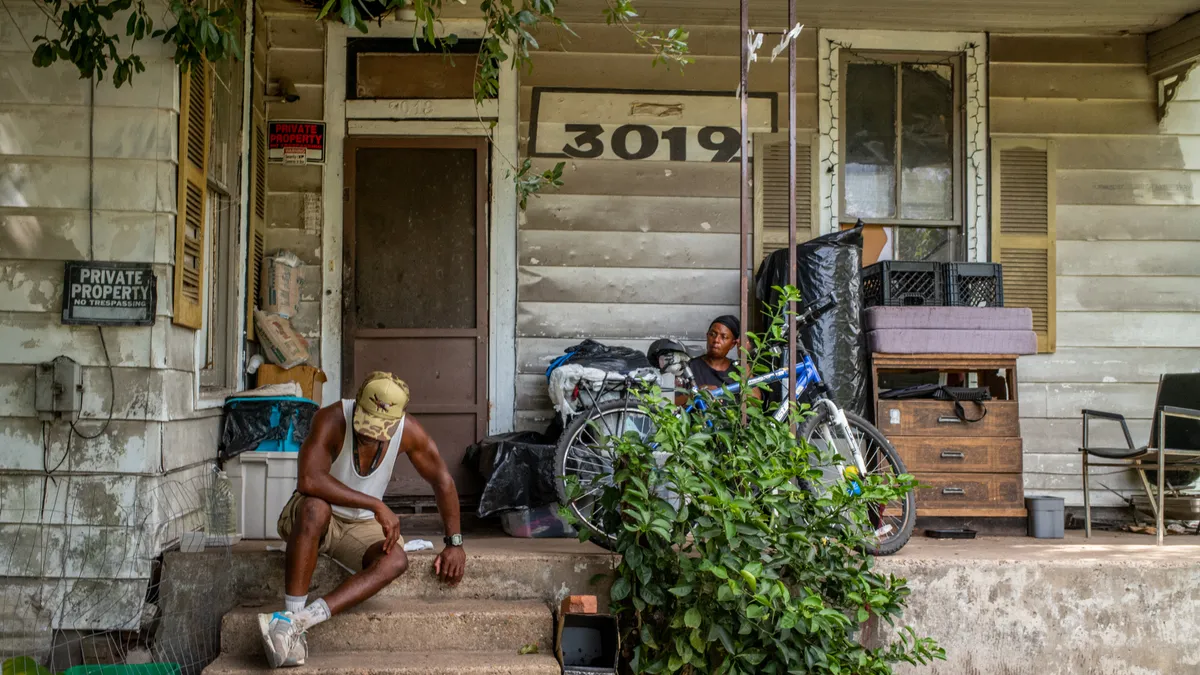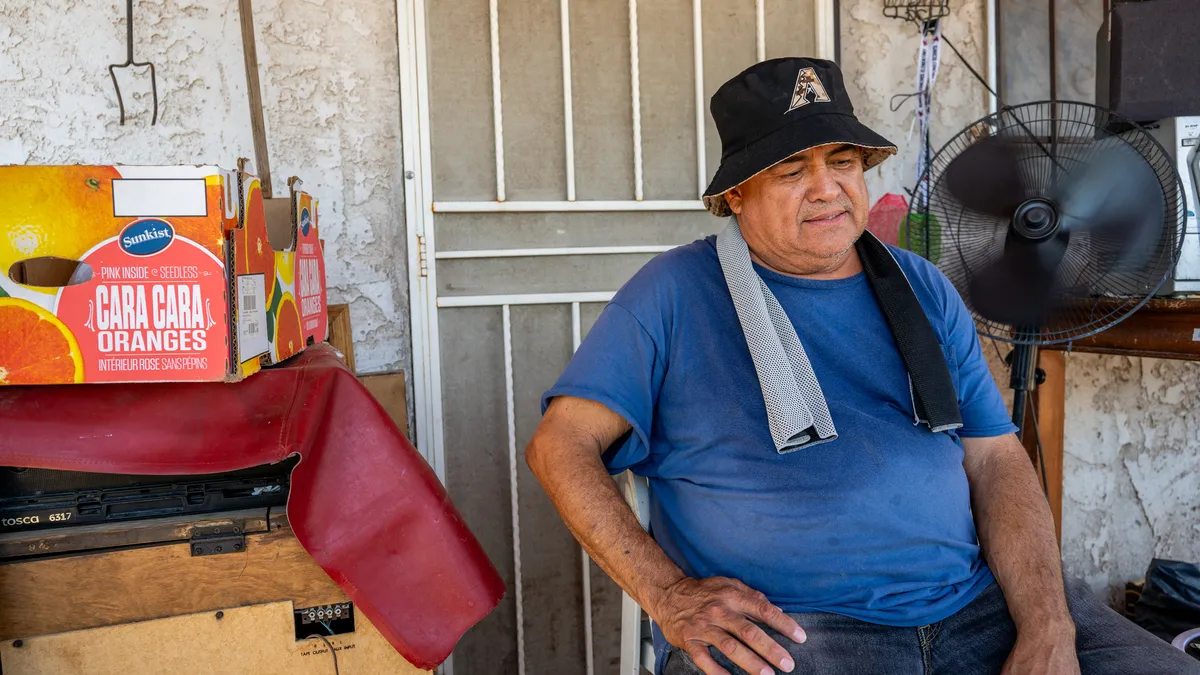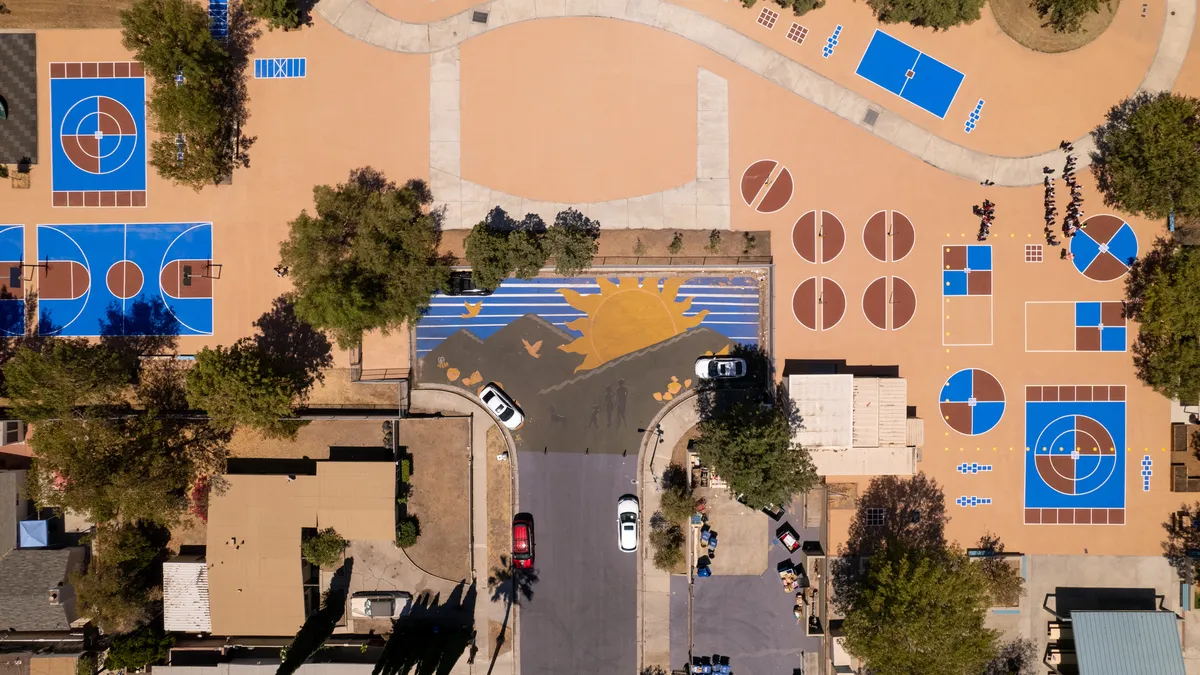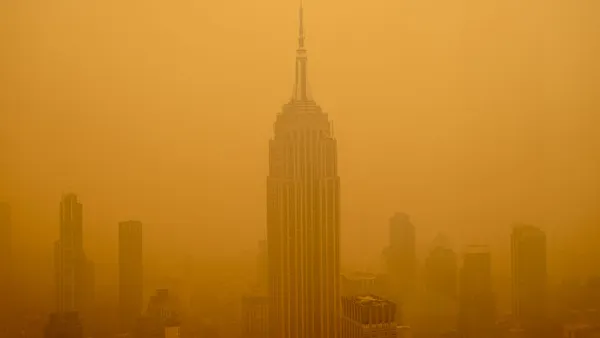It’s official: This summer was the planet’s hottest since humans began keeping track in 1880, NASA announced on Thursday.
“Summer 2023’s record-setting temperatures aren’t just a set of numbers – they result in dire real-world consequences,” NASA Administrator Bill Nelson said in a statement. Known as a “silent killer,” extreme heat is the deadliest type of extreme weather event in the United States. And the worst may be yet to come, as human-caused greenhouse gas emissions drive further climate change.
“Unfortunately, climate change is happening,” said Gavin Schmidt, climate scientist and director of NASA’s Goddard Institute of Space Studies, in a statement. “Things that we said would come to pass are coming to pass.”
Cities nationwide are leaping into action to confront this new reality, which disproportionately threatens low-income residents and people of color, who are more likely to live in hotter neighborhoods.
A handful of U.S. cities have appointed chief heat officers to handle the high-stakes challenge, but smaller cities that can’t afford such a position may need to rely on greater coordination between response agencies during heat waves, one expert said. Many communities are ramping up urban greening efforts, and some are experimenting with products such as cool pavement, a once-nascent technology that an Environmental Protection Agency official said is becoming “more robust and proven.”
Here are 10 Smart Cities Dive stories from this summer that dive deeper into these issues.



